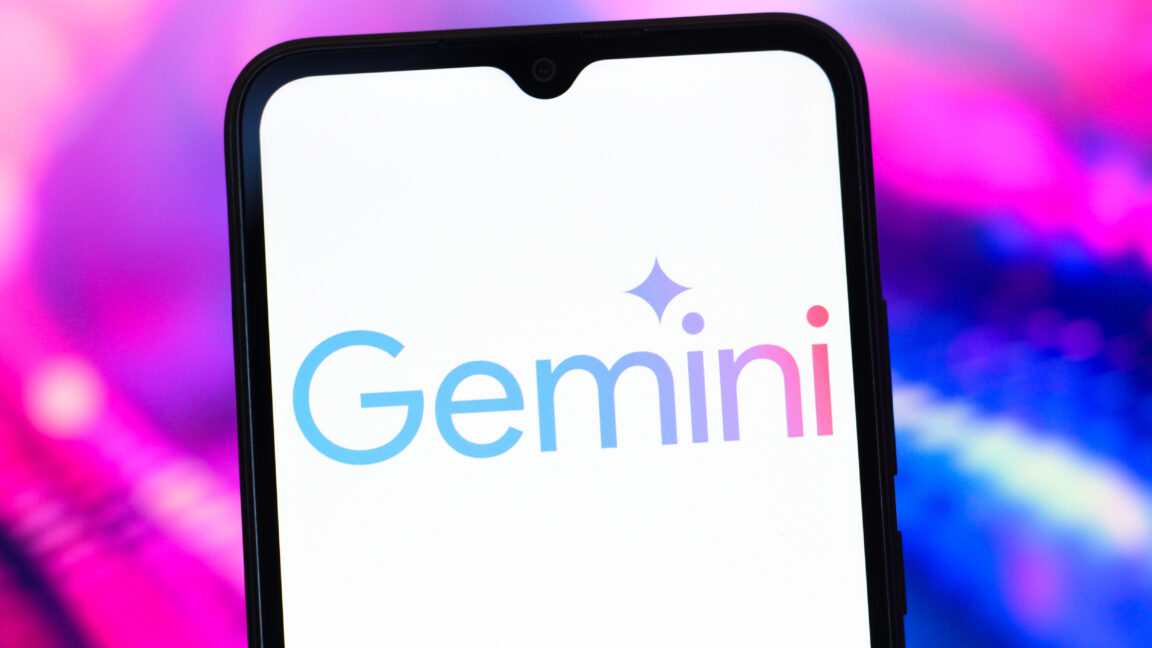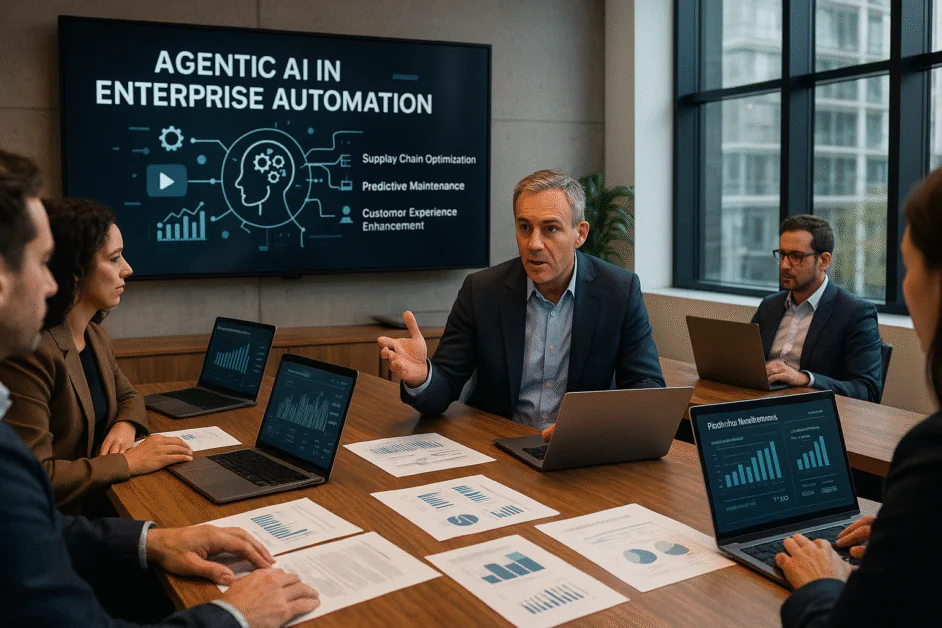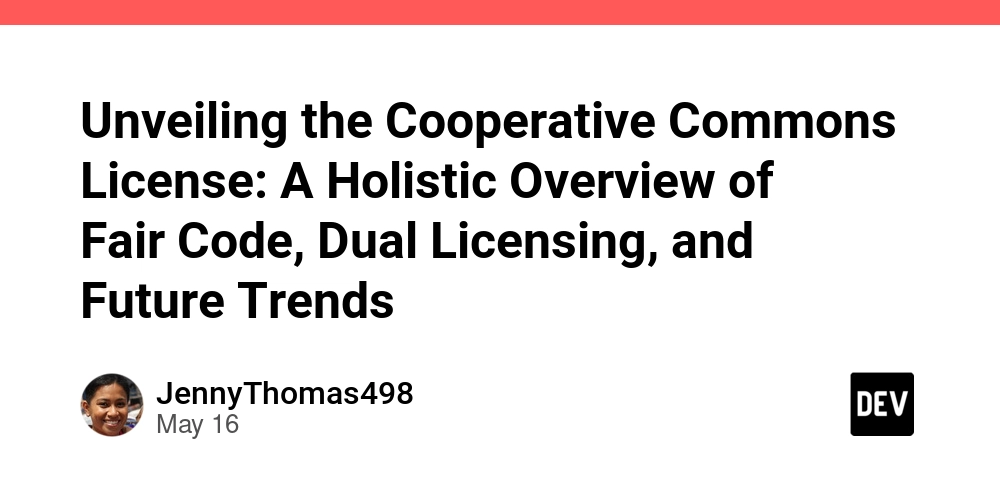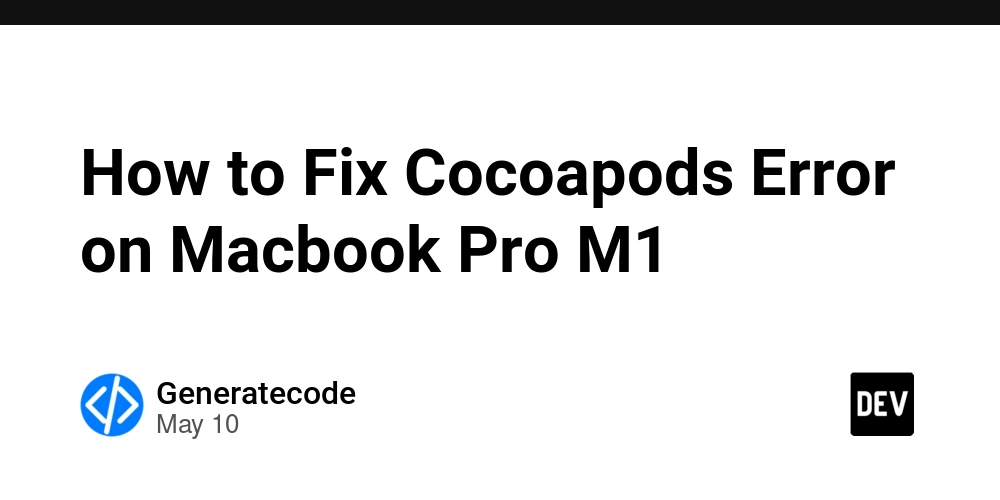Unveiling Anti-Capitalist Software License 1.4: A Holistic Exploration
Abstract This post examines the Anti-Capitalist Software License 1.4 (ACSL 1.4) as a revolutionary open source and fair code licensing model. We explore its history, core features, real-world applications, and challenges while comparing it to traditional licenses. In addition, we discuss emerging trends—including blockchain integration and decentralized governance (e.g., via Arbitrum)—and assess how ethical licensing can empower independent developers. This comprehensive overview is supported by data tables, bullet lists, and curated links for further reading, such as the Original Article. Introduction In today’s rapidly evolving software landscape, ensuring fairness for developers has never been more critical. Traditional open source licenses (like the MIT License) have paved the way for innovation. However, many projects now demand an ethical framework that protects their creative efforts from unchecked corporate exploitation. This need spawned the Anti-Capitalist Software License 1.4 (ACSL 1.4) – a licensing model that champions developer compensation, transparency, and fair code practices. In this post, we explore the history, fundamentals, applications, and future outlook of ACSL 1.4, while addressing its challenges and limitations in today’s complex ecosystem. Background and Context ACSL 1.4 emerged as developers began questioning profit-driven models that often ignore the true value of creative contribution. Before its advent, many open source projects relied on permissive licenses that did not enforce revenue sharing. As concerns for sustainability grew, communities sought a license that integrates fairness as a core principle. Key Historical Insights Evolution from Traditional Models: Early open source and fair code licenses focused on freedom to modify and redistribute without adequate compensation for the original authors. Organizations like the Free Software Foundation (FSF) have long advocated for protecting software freedom, yet many traditional licenses left commercial exploitation unchecked. Community and Ideological Shift: Frustration on forums like Hacker News and Stack Overflow spurred a movement toward a model that enforces fairness. ACSL 1.4 represents this shift by embedding strict revenue sharing and transparent usage reporting within its terms. Integration with Modern Funding: Efforts to integrate blockchain components for immutable records and decentralized data disclosure have also influenced ACSL 1.4. In parallel, projects exploring open source funding, such as initiatives outlined at Funding for Open Source, have provided the financial motivation behind ethical licensing. Core Concepts and Features At its heart, ACSL 1.4 blends ethical licensing with legal enforceability. Let’s break down its key components: Fair Developer Compensation Mandatory Revenue Sharing: Unlike permissive licenses such as the MIT License, ACSL 1.4 requires that any commercial derivative redistributes a portion of revenue back to the original developers. Transparency Mandate: The license forces public disclosure of commercial usage and derivative revenue. This mechanism promotes accountability and empowers community auditing. Sustainability of Open Source Projects: By channeling revenue back into development, ACSL 1.4 aims to offer long-lasting financial support for independent creators. Legal Robustness and Compatibility Detailed Legal Language: With clear contractual terms, ACSL 1.4 attempts to mitigate ambiguities related to compensation. However, its legal enforceability can sometimes present integration challenges with other licenses such as the GNU GPL or Apache 2.0. Dual Licensing Opportunities: The license also supports dual licensing—that is, releasing a core version under ACSL 1.4 while retaining a commercial variant. This flexible model offers projects enhanced market reach and additional revenue channels. Integration with Blockchain and Decentralized Governance While ACSL 1.4 currently offers limited blockchain integration, its roadmap includes potential enhancements to support immutable record-keeping and decentralized compensation: Blockchain Transparency: Future revisions may leverage blockchain technologies to automate revenue sharing and compliance reporting. Decentralized Governance: Emerging trends, especially those led by projects on platforms such as Arbitrum and Arbitrum and Community Governance, could further empower developers and ensure fairness. Table: Key Licensing Attributes Comparison Feature ACSL 1.4 MIT License GNU GPL Apache 2.0 Compensation Mechanism Mandatory revenue sharing and compensation clauses No compensation built in Redistribution with copyleft while not enforcing revenue sharing No explicit revenue sharing; voluntary donations optional Transparency Requirements Public disclosure of commercial use Minimal disclosure requirements Enf

Abstract
This post examines the Anti-Capitalist Software License 1.4 (ACSL 1.4) as a revolutionary open source and fair code licensing model. We explore its history, core features, real-world applications, and challenges while comparing it to traditional licenses. In addition, we discuss emerging trends—including blockchain integration and decentralized governance (e.g., via Arbitrum)—and assess how ethical licensing can empower independent developers. This comprehensive overview is supported by data tables, bullet lists, and curated links for further reading, such as the Original Article.
Introduction
In today’s rapidly evolving software landscape, ensuring fairness for developers has never been more critical. Traditional open source licenses (like the MIT License) have paved the way for innovation. However, many projects now demand an ethical framework that protects their creative efforts from unchecked corporate exploitation. This need spawned the Anti-Capitalist Software License 1.4 (ACSL 1.4) – a licensing model that champions developer compensation, transparency, and fair code practices. In this post, we explore the history, fundamentals, applications, and future outlook of ACSL 1.4, while addressing its challenges and limitations in today’s complex ecosystem.
Background and Context
ACSL 1.4 emerged as developers began questioning profit-driven models that often ignore the true value of creative contribution. Before its advent, many open source projects relied on permissive licenses that did not enforce revenue sharing. As concerns for sustainability grew, communities sought a license that integrates fairness as a core principle.
Key Historical Insights
- Evolution from Traditional Models: Early open source and fair code licenses focused on freedom to modify and redistribute without adequate compensation for the original authors. Organizations like the Free Software Foundation (FSF) have long advocated for protecting software freedom, yet many traditional licenses left commercial exploitation unchecked.
- Community and Ideological Shift: Frustration on forums like Hacker News and Stack Overflow spurred a movement toward a model that enforces fairness. ACSL 1.4 represents this shift by embedding strict revenue sharing and transparent usage reporting within its terms.
- Integration with Modern Funding: Efforts to integrate blockchain components for immutable records and decentralized data disclosure have also influenced ACSL 1.4. In parallel, projects exploring open source funding, such as initiatives outlined at Funding for Open Source, have provided the financial motivation behind ethical licensing.
Core Concepts and Features
At its heart, ACSL 1.4 blends ethical licensing with legal enforceability. Let’s break down its key components:
Fair Developer Compensation
- Mandatory Revenue Sharing: Unlike permissive licenses such as the MIT License, ACSL 1.4 requires that any commercial derivative redistributes a portion of revenue back to the original developers.
- Transparency Mandate: The license forces public disclosure of commercial usage and derivative revenue. This mechanism promotes accountability and empowers community auditing.
- Sustainability of Open Source Projects: By channeling revenue back into development, ACSL 1.4 aims to offer long-lasting financial support for independent creators.
Legal Robustness and Compatibility
- Detailed Legal Language: With clear contractual terms, ACSL 1.4 attempts to mitigate ambiguities related to compensation. However, its legal enforceability can sometimes present integration challenges with other licenses such as the GNU GPL or Apache 2.0.
- Dual Licensing Opportunities: The license also supports dual licensing—that is, releasing a core version under ACSL 1.4 while retaining a commercial variant. This flexible model offers projects enhanced market reach and additional revenue channels.
Integration with Blockchain and Decentralized Governance
While ACSL 1.4 currently offers limited blockchain integration, its roadmap includes potential enhancements to support immutable record-keeping and decentralized compensation:
- Blockchain Transparency: Future revisions may leverage blockchain technologies to automate revenue sharing and compliance reporting.
- Decentralized Governance: Emerging trends, especially those led by projects on platforms such as Arbitrum and Arbitrum and Community Governance, could further empower developers and ensure fairness.
Table: Key Licensing Attributes Comparison
| Feature | ACSL 1.4 | MIT License | GNU GPL | Apache 2.0 |
|---|---|---|---|---|
| Compensation Mechanism | Mandatory revenue sharing and compensation clauses | No compensation built in | Redistribution with copyleft while not enforcing revenue sharing | No explicit revenue sharing; voluntary donations optional |
| Transparency Requirements | Public disclosure of commercial use | Minimal disclosure requirements | Enforces source code disclosure | Mandates notices but less detail on commercial transactions |
| Flexibility | Moderately flexible; dual licensing possible | Highly flexible | Restrictive due to strong copyleft | Moderately flexible, includes patent provisions |
| Blockchain Integration (Future) | Potential for enhanced automation and decentralized transparency | None | None | None |
| Developer Sustainability | High – designed to fund ongoing development | Low | Moderate, dependent on community enforcement | Moderate |
Applications and Use Cases
ACSL 1.4 has found adoption in a range of ethical and community-driven projects. Here are some practical examples:
Example 1: Decentralized Social Media Platforms
A social media platform focused on user-generated content adopted ACSL 1.4 to ensure commercial gains from data usage are shared with content creators. This transparent compensation system increased engagement and built trust among users.
Example 2: DeFi Projects and Digital Rights Management
In decentralized finance, projects using ACSL 1.4 showcase a model where smart contracts enforce revenue-sharing clauses. Public audits of revenue flows further validate the fair distribution of funds. This example underscores the ongoing efforts to combine traditional legal frameworks with emerging blockchain methods.
Example 3: Open Source Content Management Systems
Some content management systems have transitioned from permissive licenses to ACSL 1.4 in response to community demands for fairness. Developers report increased retention and boosted innovation after switching to a model that funds new updates and features from commercial derivatives.
Bullet List: Benefits of ACSL 1.4 in Real-World Projects
- Enhanced Transparency: Public reporting of revenue builds community trust.
- Sustainable Funding: Revenue sharing sustains long-term development.
- Empowered Developers: Fair compensation deters corporate exploitation.
- Dual Licensing Flexibility: Offers both open source and commercial licensing channels.
- Future-Ready: Potential blockchain integration provides a path to automated compliance.
Challenges and Limitations
Despite its advantages, ACSL 1.4 faces several technical and adoption challenges:
Complexity and Enforcement
- Legal Complexity: The detailed contractual language can be challenging for projects without extensive legal resources. Enforcement of revenue sharing may require dedicated administrative oversight.
- Compatibility Issues: Integrating ACSL 1.4 with other widely used licenses (e.g., the GNU GPL or MIT License) can produce potential conflicts. Projects must carefully document dual licensing arrangements to avoid litigation.
- Anonymous Contributions: Open source projects with many anonymous contributors confront legal ambiguities due to the absence of Contributor License Agreements (CLAs). This poses risks if disputes over code ownership arise.
Adoption Hurdles in a Profit-Driven Ecosystem
- Reluctance of Commercial Entities: Many large corporations, accustomed to highly permissive licenses, may find the mandatory revenue sharing clauses of ACSL 1.4 burdensome.
- Administrative Overhead: Tracking commercial usage and enforcing compensation often requires significant resources, which can slow innovation and adoption.
Addressing Technical Integration
- Blockchain Integration Readiness: While prospects for blockchain enhancements are promising, current implementations remain experimental. The shift to decentralized transparency will require robust technical infrastructure.
- Decentralized Governance: Ensuring that community governance mechanisms (as seen in platforms like Arbitrum and Network Upgrades) are effective demands careful planning, particularly for global projects with diverse contributors.
Future Outlook and Innovations
The evolution of ACSL 1.4 points toward exciting future trends in ethical software licensing:
Enhanced Blockchain Integration
- Immutable Compensation Records: Future versions of ACSL 1.4 may fully integrate blockchain technology to automate revenue tracking and distribution, ensuring immutability and auditability.
- Tokenized Revenue Sharing: Models similar to the Open Compensation Token License (OCTL) demonstrate that tokenization can further streamline developer compensation in open source projects.
Decentralized Governance and Community Empowerment
- Community-Driven Updates: Decentralized platforms such as Arbitrum can foster new voting and governance models that allow developers to make iterative improvements to the license, ensuring fairness evolves with industry needs.
- Layer 3 Solutions and Scalability: Innovations in open source scaling—exemplified by projects like Arbitrum and Layer 3 Solutions—could transform how revenue sharing and licensing compliance are managed.
Integration with Broader Ecosystems
- Cross-Project Collaboration: By establishing a common framework for ethical licensing across platforms, ACSL 1.4 could become the benchmark for sustaining open source innovation. This vision is echoed by developers and industry experts featured on platforms like GitHub’s Licensing Landscape.
- New Funding Models: As open source communities continue to explore sustainable funding best practices (see Funding for Open Source), ACSL 1.4 may pave the way for hybrid revenue models that combine grants, tokenized rewards, and fair code compensation.
Selected External Perspectives
Several insightful posts further enrich this discussion:
- Navigating the World of Open Source Licenses provides an overview of different licensing models.
- Open Source: A Goldmine for Indie Hackers emphasizes the financial benefits of ethical open source funding.
- Open Source Funding and Blockchain Project Funding offers a comprehensive guide to bridging traditional funding and modern decentralized mechanisms.
- Navigating the Dynamics of Software Project Forking in Open Source provides practical insights into the challenges of license compatibility and project forking.
Arbitrum and Licensing Innovations
In addition to developer-focused discussions, the integration of Arbitrum in licensing models is gaining traction. For instance, consider these curated links:
- Arbitrum and Open Source License Compatibility
- Arbitrum and Community Governance
- Arbitrum and Layer 3 Solutions
- Arbitrum and Network Upgrades
- Arbitrum and Open Source Scaling Solutions
These resources indicate a convergence between blockchain scalability, decentralized governance, and innovative licensing models—all of which are critical to the future of fair compensation in open source.
Summary
ACSL 1.4 marks a significant departure from traditional open source licensing by embedding fairness, transparency, and sustainable compensation directly into its framework. While challenges in legal complexity and compatibility remain, its core concepts address the real needs of modern software communities. Key highlights include:
- Mandatory revenue sharing to empower developers.
- Transparent disclosure that discourages corporate exploitation.
- Potential for blockchain integration to automate compliance and enhance trust.
- Dual licensing flexibility that supports both open source and commercial deployment.
- Growing community momentum supported by decentralized governance trends on platforms like Arbitrum.
The potential of ACSL 1.4 is far-reaching. As ethical licensing models mature and integrate with modern funding mechanisms and blockchain technologies, the open source ecosystem is set to benefit from a balanced approach that rewards innovation while ensuring fairness. For developers seeking a sustainable alternative to traditional licensing, ACSL 1.4 offers a promising pathway toward more equitable and community-driven software development.
For further insights, consider exploring additional resources such as Funding for Open Source and studies on fair code practices.
As the industry continues to evolve, models like ACSL 1.4 remind us that protecting creative work and fostering sustainable funding are not mutually exclusive goals. Instead, they are essential ingredients for a vibrant, innovative, and ethically-driven digital future.
By embracing fairness and transparency, ACSL 1.4 is redefining the way we think about open source licensing—helping to ensure that when commercial success is achieved, those who drive innovation receive their well-deserved share.




























![Apple Pay, Apple Card, Wallet and Apple Cash Currently Experiencing Service Issues [Update: Fixed]](https://images.macrumors.com/t/RQPLZ_3_iMyj3evjsWnMLVwPdyA=/1600x/article-new/2023/11/apple-pay-feature-dynamic-island.jpg)












































![iPhone 17 Air Could Get a Boost From TDK's New Silicon Battery Tech [Report]](https://www.iclarified.com/images/news/97344/97344/97344-640.jpg)
![Vision Pro Owners Say They Regret $3,500 Purchase [WSJ]](https://www.iclarified.com/images/news/97347/97347/97347-640.jpg)
![Apple Showcases 'Magnifier on Mac' and 'Music Haptics' Accessibility Features [Video]](https://www.iclarified.com/images/news/97343/97343/97343-640.jpg)
![Sony WH-1000XM6 Unveiled With Smarter Noise Canceling and Studio-Tuned Sound [Video]](https://www.iclarified.com/images/news/97341/97341/97341-640.jpg)




































































































































































































































![[The AI Show Episode 147]: OpenAI Abandons For-Profit Plan, AI College Cheating Epidemic, Apple Says AI Will Replace Search Engines & HubSpot’s AI-First Scorecard](https://www.marketingaiinstitute.com/hubfs/ep%20147%20cover.png)
























![How to Enable Remote Access on Windows 10 [Allow RDP]](https://bigdataanalyticsnews.com/wp-content/uploads/2025/05/remote-access-windows.jpg)































































































































































-Marathon-Gameplay-Overview-Trailer-00-04-50.png?width=1920&height=1920&fit=bounds&quality=70&format=jpg&auto=webp#)










































































